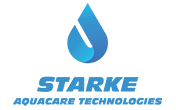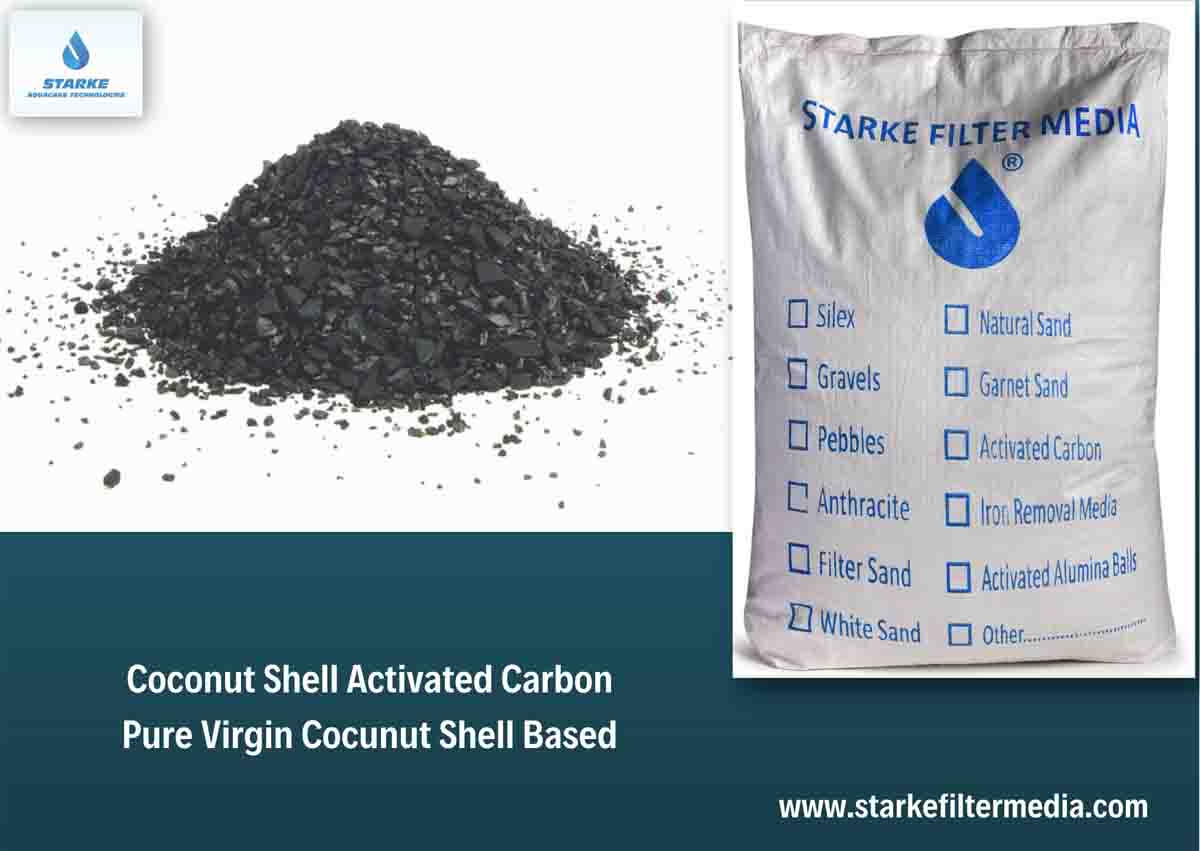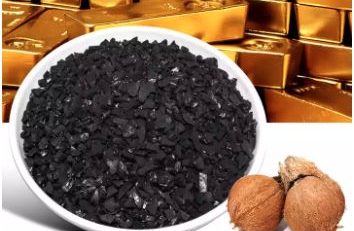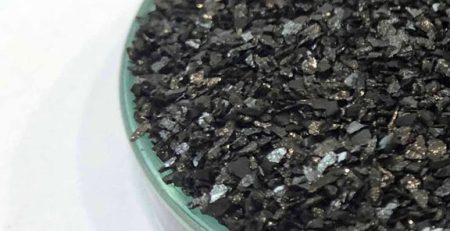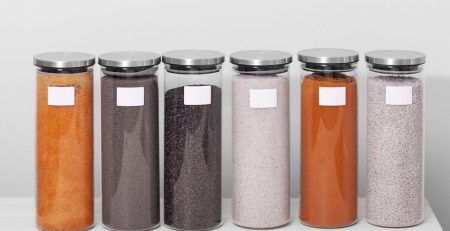Coconut Shell Activated Carbon Iodine Value
When it comes to eliminating volatile organic compounds (VOCs) from drinking water in point-of-use (POU) or point-of-entry (POE) systems, Coconut Shell Activated Carbon emerges as the top choice. Notably, it surpasses bituminous coal-based activated carbon in terms of cost-effectiveness. Its advantages include superior hardness, minimal dust generation, reduced ash content, and a higher level of environmental sustainability.
Iodine Value and Its Role in Assessing Activated Carbon Performance
A pivotal metric for gauging activated carbon performance is the Iodine Value. This parameter stands as a fundamental measure, indicating the degree of activation. A higher value corresponds to a more active carbon substrate.
The Iodine Value, often denoted in mg/g within the typical range of 500 to 1200 mg/g, signifies the extent of microporosity in the activated carbon (ranging from 0 to 20 Å or up to 2 nm). This measurement is established through iodine adsorption from a solution, mirroring a surface area equivalent to 900 to 1100 m²/g. It stands as the established standard for assessing liquid-phase applications.
The formula for Iodine Value involves the adsorption of milligrams of iodine per gram of carbon under the condition of a 0.02 normal (0.02N) iodine concentration in the residual filtrate. Essentially, the Iodine Value quantifies iodine absorbed within the pores, serving as an indicator of the available pore volume in the target activated carbon.
Commonly, water treatment carbons exhibit Iodine Values spanning from 600 to 1200. This parameter is frequently employed to ascertain the level of carbon exhaustion during usage.
Consider the following sample specification for Coconut Shell Activated Carbon as a guideline for your purchase decision:
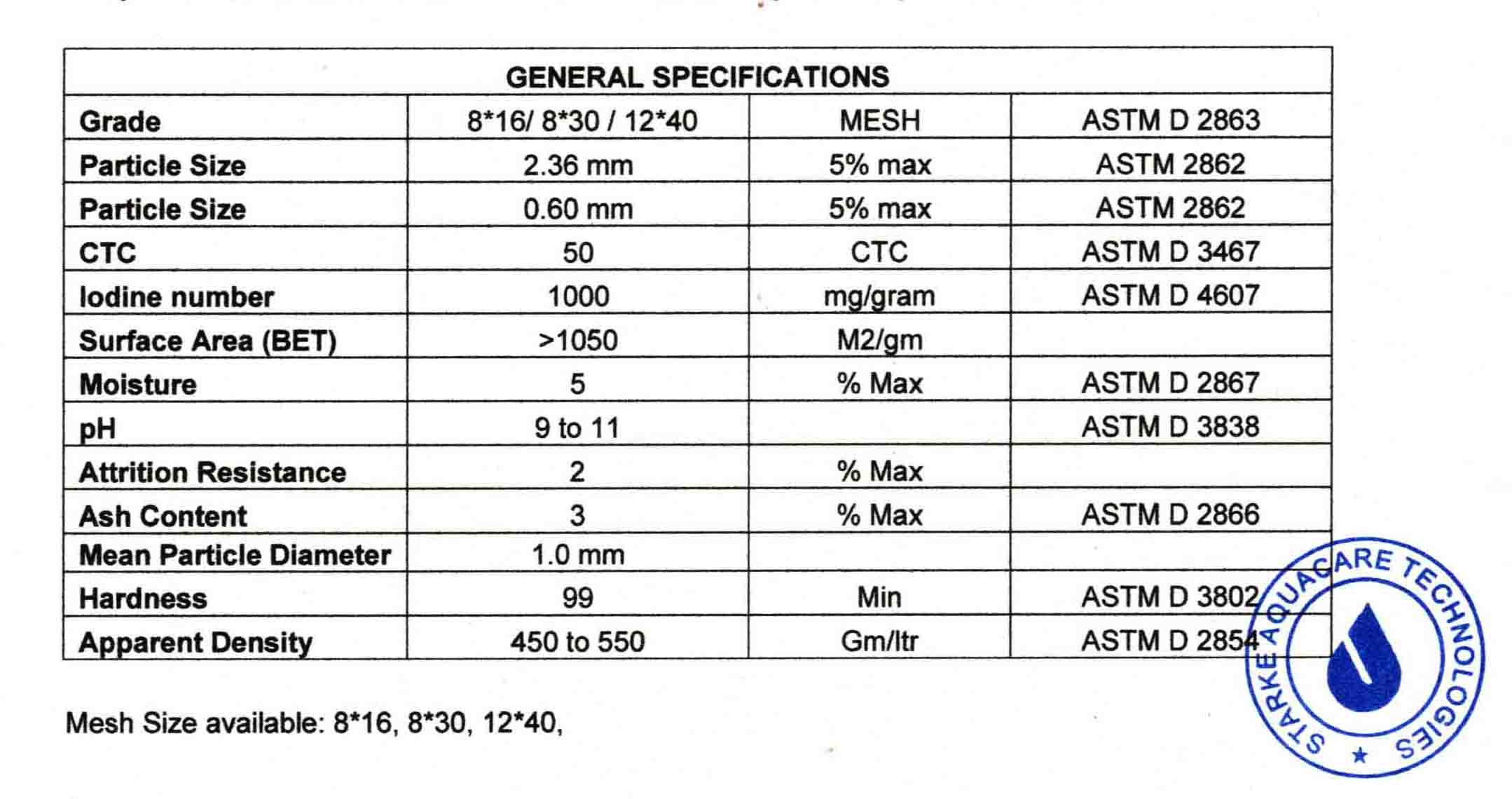
For more information on coconut shell activated carbon and its applications, you can write to us at: info@starkefiltermedia.com
